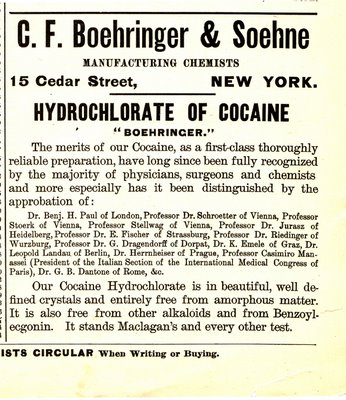Myth 3: Coca and addiction
 The use of coca produces a form of drug dependence / The use of coca will cure dependence on cocaine and crack
The use of coca produces a form of drug dependence / The use of coca will cure dependence on cocaine and crack
To some people, “the use of coca produces a form of drug dependence”, to others “the use of coca will cure dependence on cocaine and crack”. And, like a Peruvian expert added ironically in 1952, there is a third position, that of the members of the UN who maintain that it is not an addiction, but should be treated as such since it is a pernicious habit. The absence of scientific backing did not prevent the WHO Expert Committee on Drug Dependence from ruling twice, in 1952 and 1953, that coca chewing should indeed be considered a form of “cocainism”.
Though used by millions without any obvious deleterious effect, coca was declared a powerfully addictive drug with no known therapeutic or industrial uses, and placed on Schedule 1 of the 1961 UN Single Convention. All without a single field study ever having been carried out among even the smallest population of coca “addicts”.
It is therefore understandable that the Andean and Amazonian peoples who use coca feel themselves to have been ignored and even insulted by the international scientific community, as well as humiliated by UN bureaucracies which call on them, in the inimitable language of the Single Convention, to phase out what they consider a healthy and ancestral custom. It is also significant that there has been almost no attempt since 1953 to provide serious scientific corroboration for the thesis of coca addiction, for to do so would invite almost certainly a conclusion to the contrary, and thus undermine the entire basis of international coca prohibition.
An unpublished coca and cocaine study of 1992-1994 by WHO/UNICRI finally demolished what remained of the coca-addiction argument, and this may have been one of the reasons why its publication was blocked by the US ambassador at the annual World Health Assembly.
Regarding the potential of coca to cure de addiction of cocaine and crack, anecdotally, one hears of many ex-users of cocaine who have progressed to the use of various forms of coca leaf, often the easily consumed, powdered preparation known as mambe in Spanish and ypadú in Brazilian Portuguese. Systematic experimentation by medical doctors has included projects by Theobaldo Llosa (2007) in Lima and by Jorge Hurtado (1997) at the psychiatric hospital in La Paz. Though lacking the panoply of data collection, which would allow a solid scientific case to be made for this form of intervention, preliminary results are undoubtedly encouraging and bode well for the future.
Further reading: Coca Myths, Drugs & Conflict Debate Papers 17, June 2009







